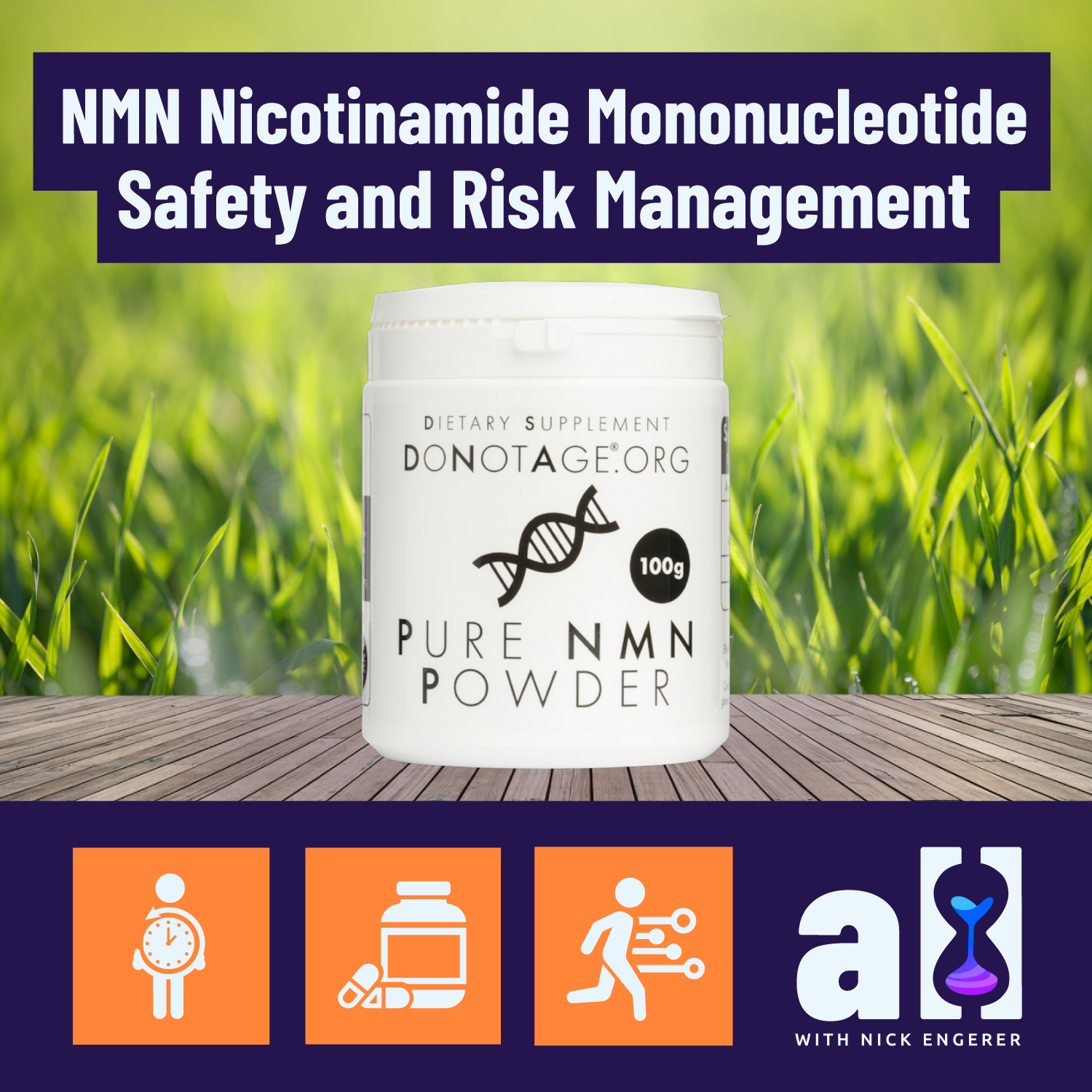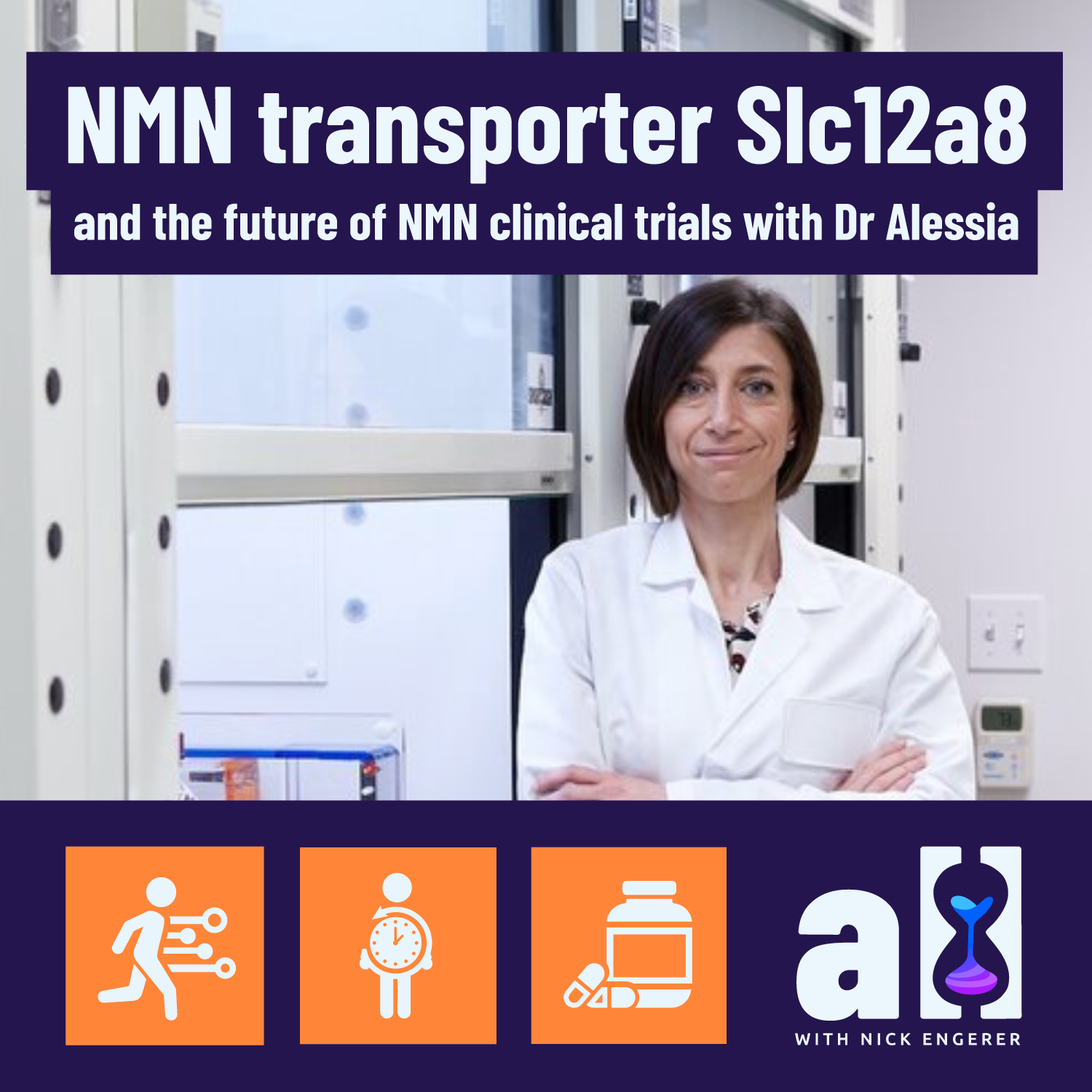
NMN Transporter Slc12a8 and the future of NMN clinical trials with Dr Alessia Grozio
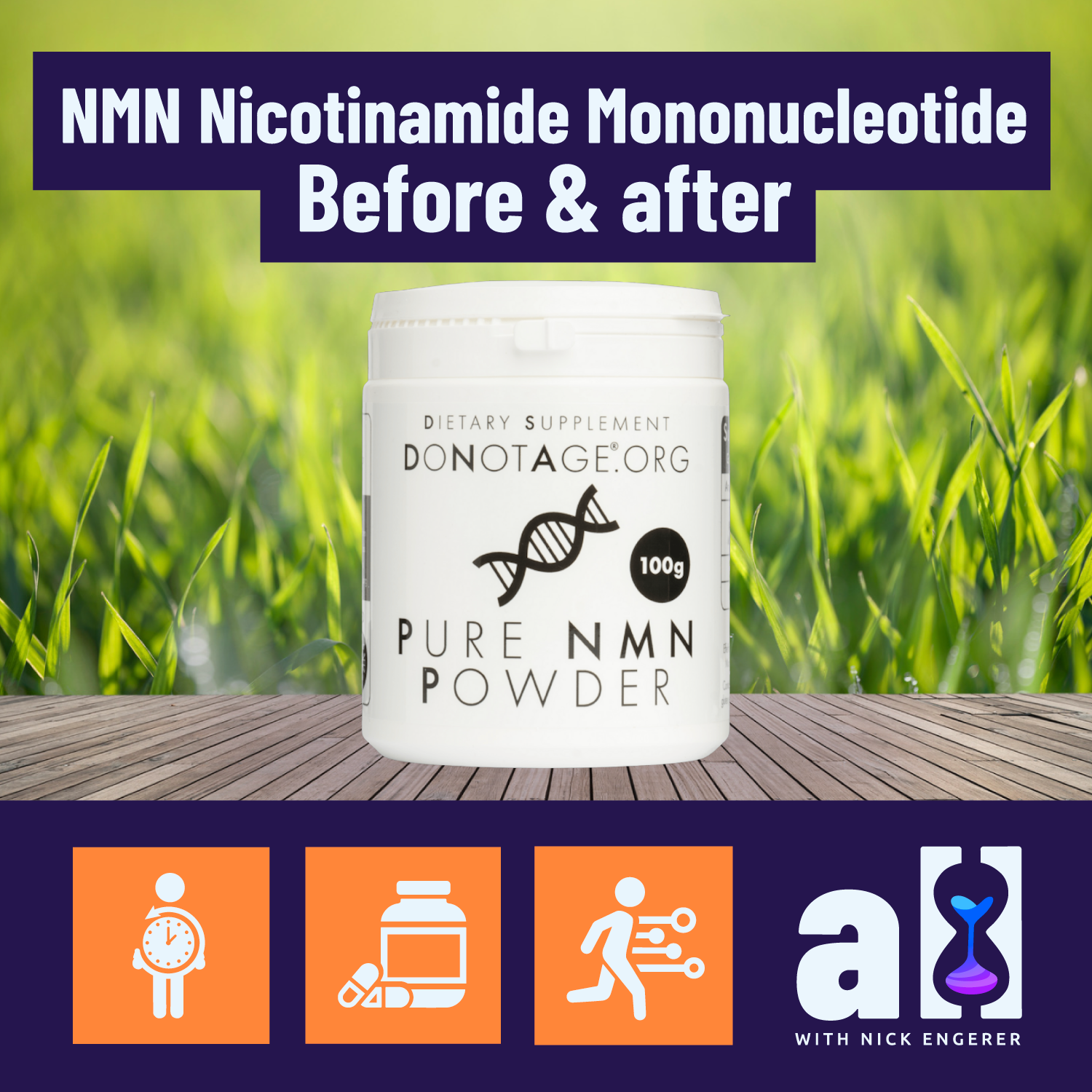
NMN Nicotinamide Mononucleotide before and after

NMN-C, Elevant and the future of NAD boosters: An interview with Dr Eric Verdin
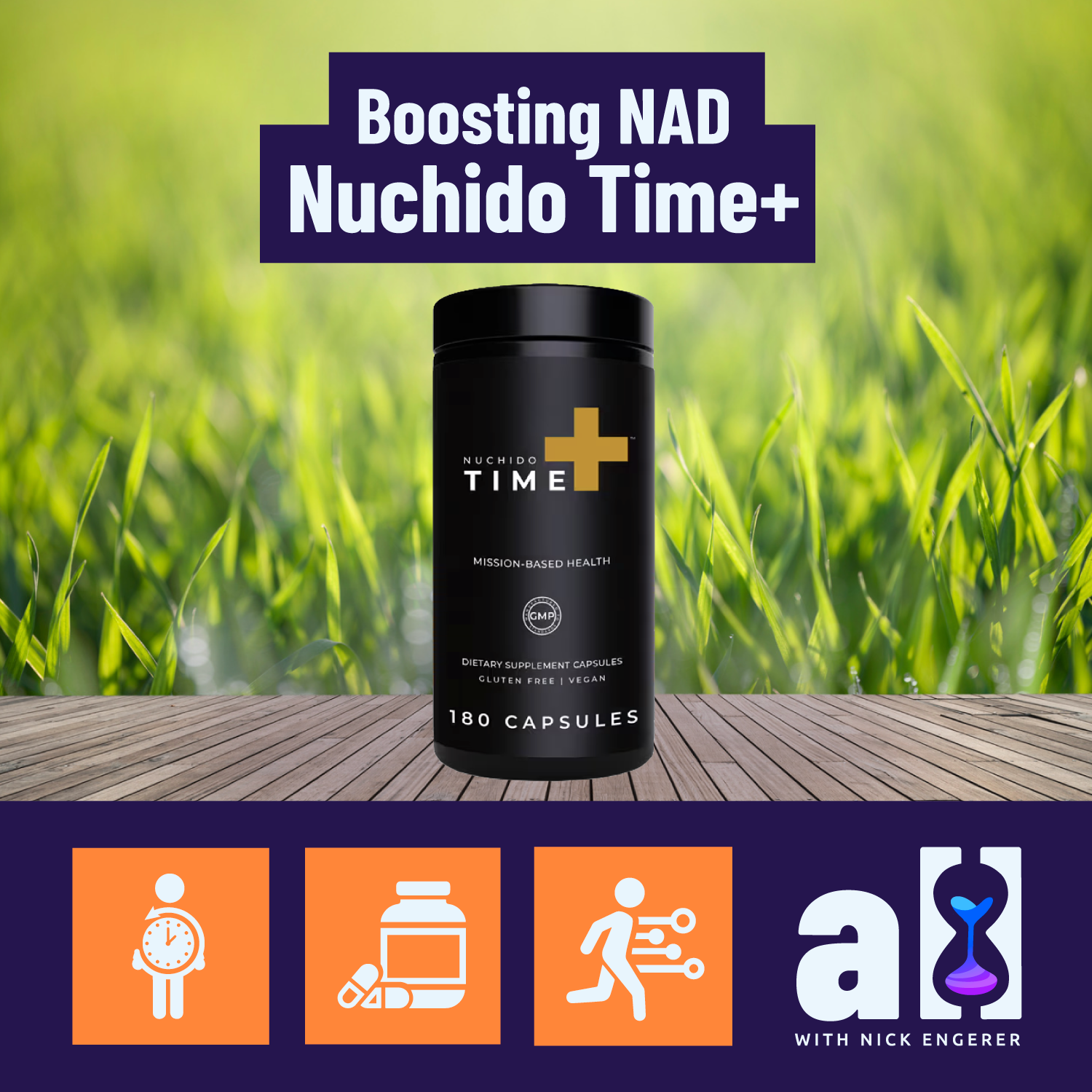
Boosting NAD by down-regulating CD38 and improving the salvage pathway: Nuchido Time+
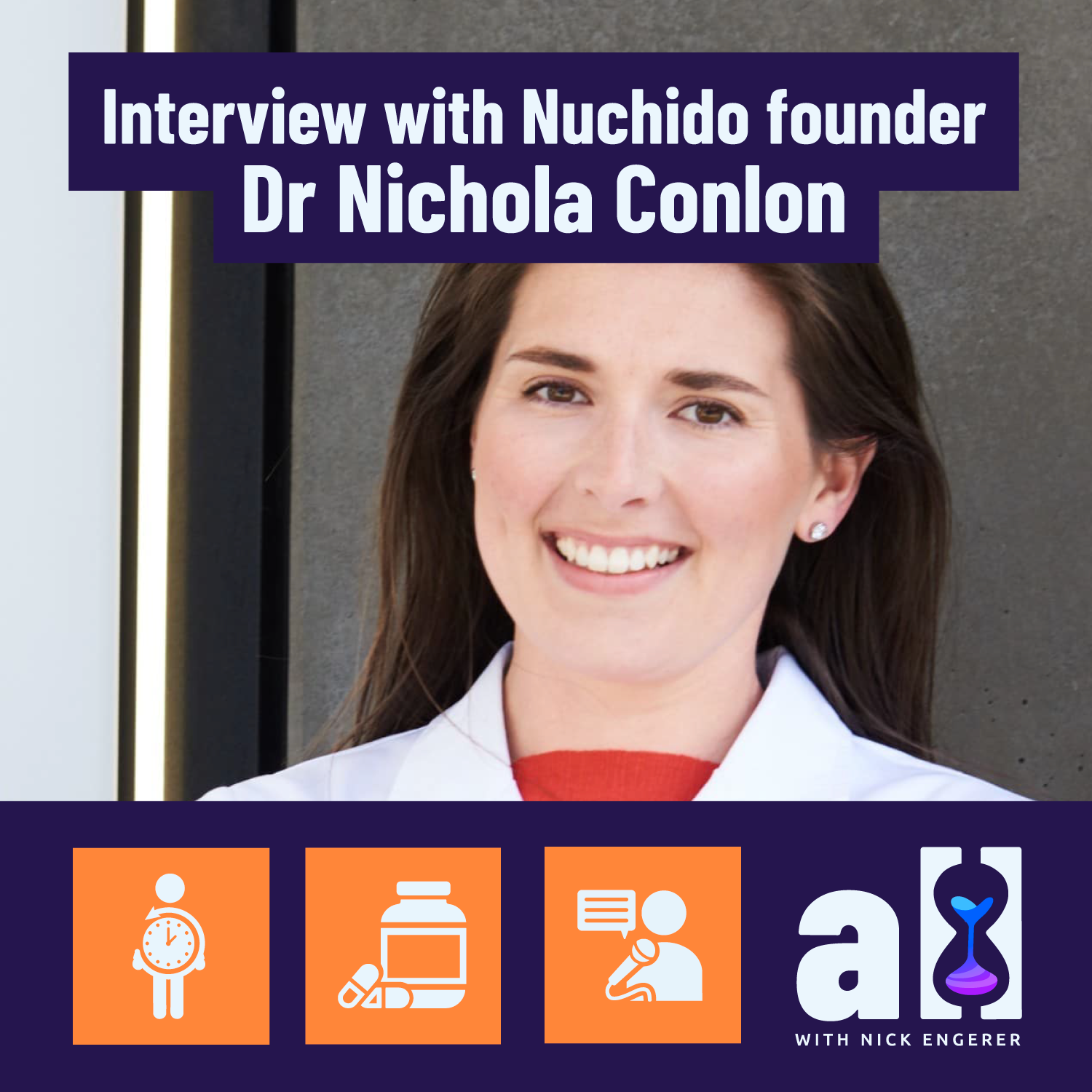
Do NAD precursors work? It may be the wrong question. Interview with Nuchido founder Dr Nichola Conlon
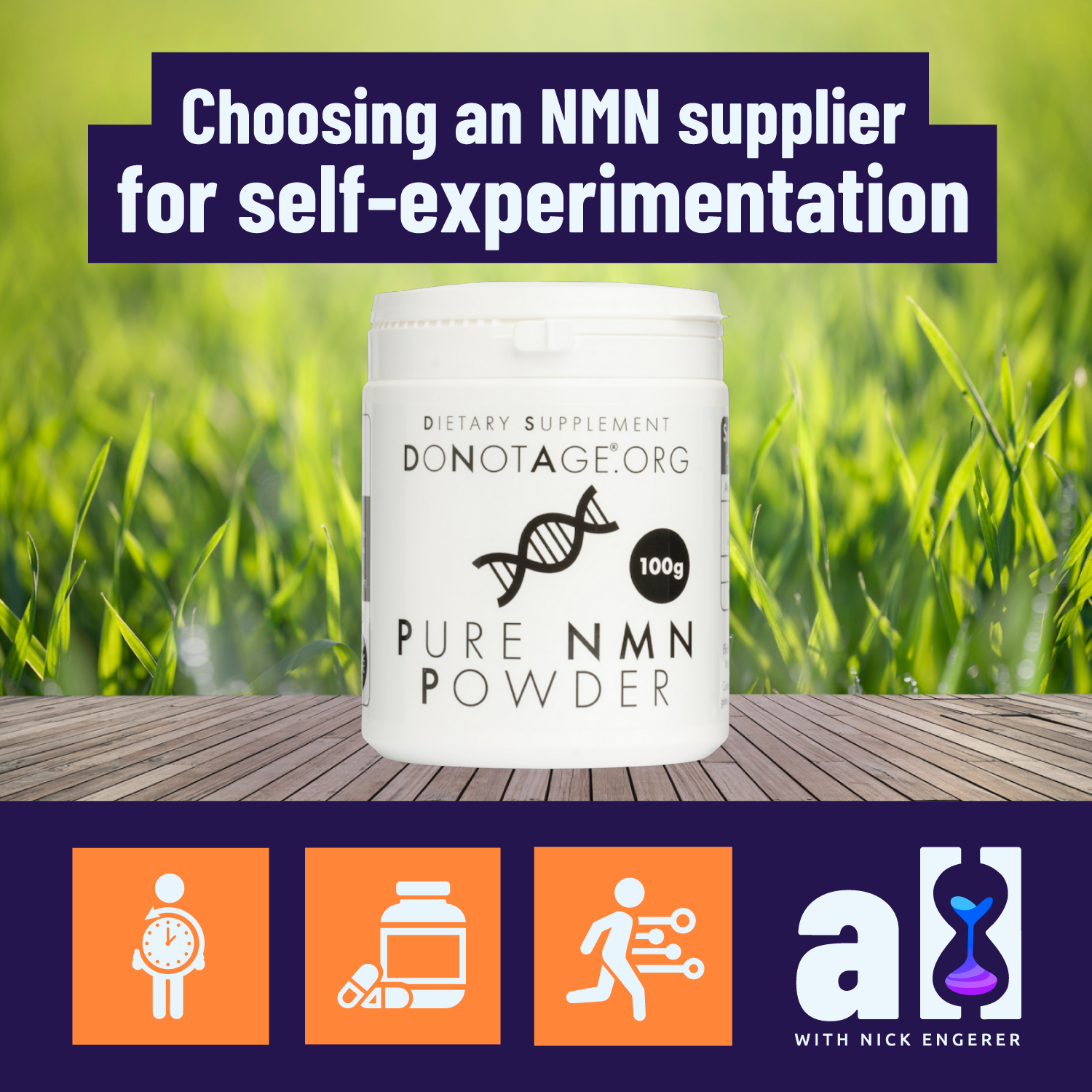
Choosing an NMN supplier for self-experimentation
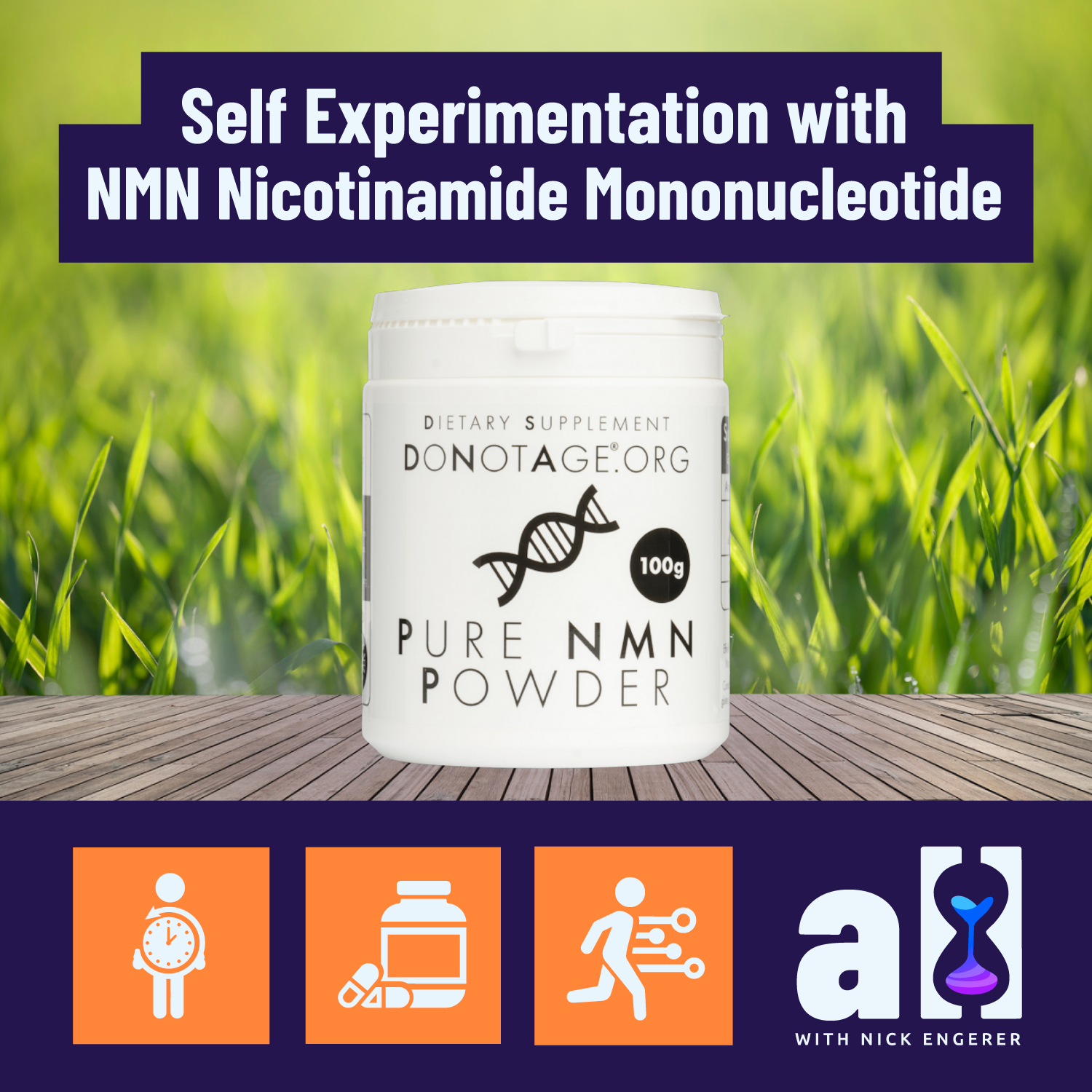
Self experimentation with NMN Nicotinamide Mononucleotide
